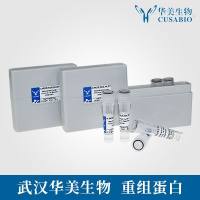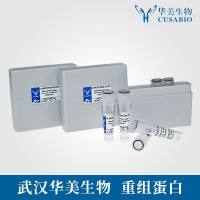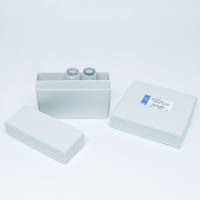Promoter analysis by saturation muta
互联网
| Abstract |
Gene expression and regulation are mediated by DNA sequences, in most instances, directly upstream to the coding sequences by recruiting transcription factors, regulators, and a RNA polymerase in a spatially defined fashion. Few nucleotides within a promoter make contact with the bound proteins. The minimal set of nucleotides that can recruit a protein factor is called a cis-acting element. This article addresses a powerful mutagenesis strategy that can be employed to define cis-acting elements at a molecular level. Technical details including primer design, saturation mutagenesis, construction of promoter libraries, phenotypic analysis, data analysis, and interpretation are discussed.
| Introduction |
| Navigation |
|
|
| Methods and Discussion |
Saturation Mutagenesis
Reporter systems
|
|
Oligonucleotide design
Mutagenesis by PCR.
| Table 1: Reporter genes used for promoer analysis | ||
|
|
Cloning of the PCR product: library construction
Confirming the randomness of the library
|
|
Analysis Of Mutants
Phenotypic analysis
Transcription analysis
Effects of mutagenesis on transcription
|
|
DNA sequence analysis to identify mutations
Method(s) to derive the consensus sequence
|
|
| References |
- Baliga NS, DasSarma S. Saturation mutagenesis of the TATA box and upstream activator sequence in the haloarchaeal bop gene promoter. J Bacteriol. 1999;181(8):2513-2518. [PubMed]
- Baliga NS, Dassarma S. Saturation mutagenesis of the haloarchaeal bop gene promoter: identification of DNA supercoiling sensitivity sites and absence of TFB recognition element and UAS enhancer activity. Mol Microbiol. 2000;36(5):1175-1183. [PubMed] [CrossRef]
- Barik S, Galinski MS. "Megaprimer" method of PCR: increased template concentration improves yield. Biotechniques. 1991;10(4):489-490. [PubMed]
- Blattner FR. Direct amplification of the entire ITS region from poorly preserved plant material using recombinant PCR. Biotechniques. 1999;27(6):1180-1186. [PubMed]
- Chrzanowska-Lightowlers ZM, Temperley RJ, McGregor A, Bindoff LA, Lightowlers RN. Conversion of a reporter gene for mitochondrial gene expression using iterative mega-prime PCR. Gene. 1999;230(2):241-247. [PubMed] [CrossRef]
- Colgan J, Manley JL. Cooperation between core promoter elements influences transcriptional activity in vivo . Proc Natl Acad Sci U S A. 1995;92(6):1955-1959. [PubMed]
- Corona V, Aracri B, Kosturkova G, et al . Regulation of a carotenoid biosynthesis gene promoter during plant development. Plant J. 1996;9(4):505-512. [PubMed] [CrossRef]
- Danner S, Soppa J. Characterization of the distal promoter element of halobacteria in vivo using saturation mutagenesis and selection. Mol Microbiol. 1996;19(6):1265-1276. [PubMed]
- Hain J, Reiter WD, Hudepohl U, Zillig W. Elements of an archaeal promoter defined by mutational analysis. Nucleic Acids Res. 1992;20(20):5423-5428. [PubMed]
- Patenge N, Haase A, Bolhuis H, Oesterhelt D. The gene for a halophilic beta-galactosidase (bgaH) of Haloferax alicantei as a reporter gene for promoter analyses in Halobacterium salinarum. Mol Microbiol. 2000;36(1):105-113. [PubMed] [CrossRef]
- Palmer JR, Daniels CJ. in vivo definition of an archaeal promoter. J Bacteriol. 1995;177(7):1844-1849. [PubMed]
- Reiter WD, Hudepohl U, Zillig W. Mutational analysis of an archaebacterial promoter: essential role of a TATA box for transcription efficiency and start-site selection in vitro . Proc Natl Acad Sci U S A. 1990;87(24):9509-9513. [PubMed]
- Yang CF, Kim JM, Molinari E, DasSarma S. Genetic and topological analyses of the bop promoter of Halobacterium halobium: stimulation by DNA supercoiling and non-B-DNA structure. J Bacteriol. 1996;178(3):840-845. [PubMed]
上一篇:CIP Treatment 下一篇:In Vivo Footprinting
 点击浏览该文件
点击浏览该文件 






